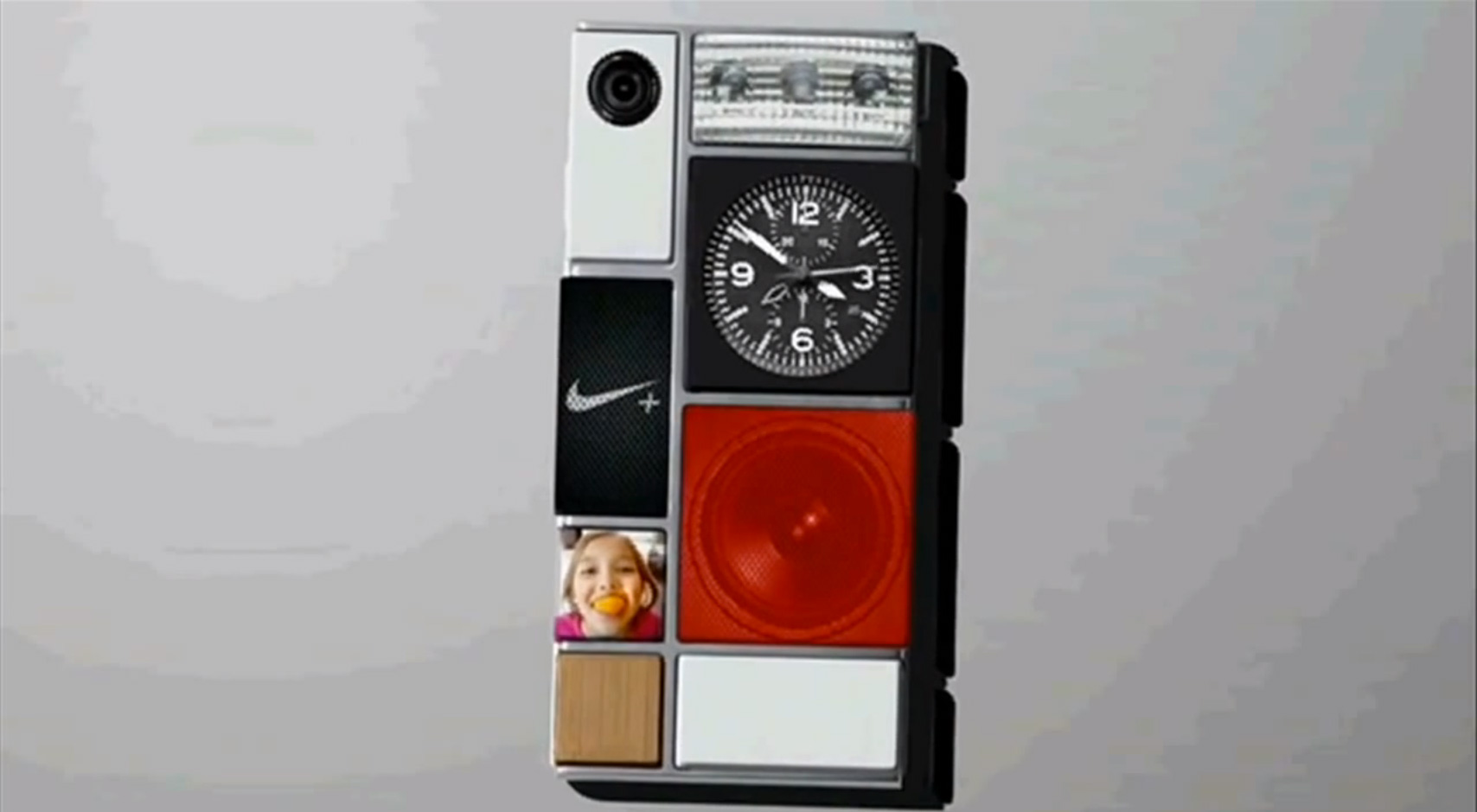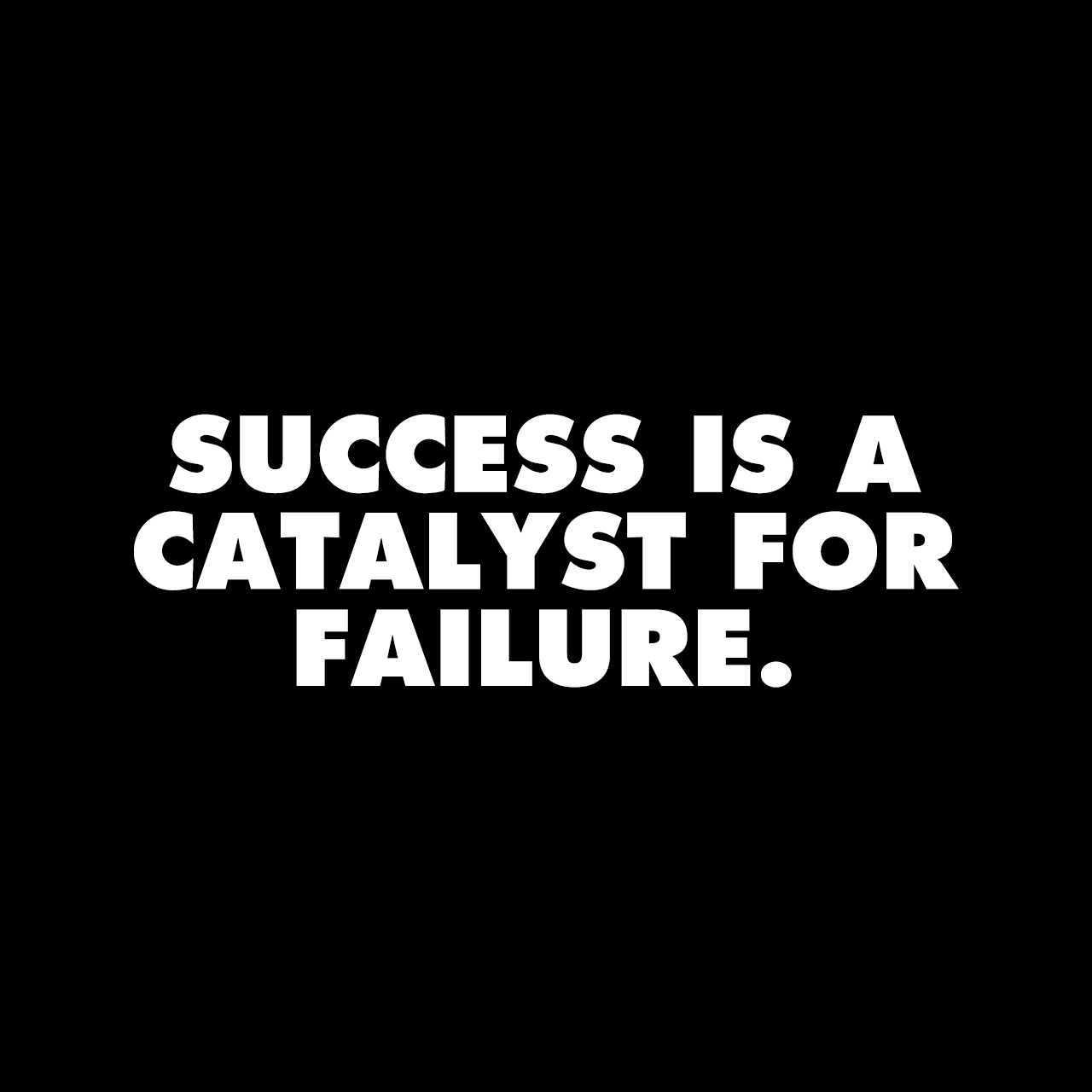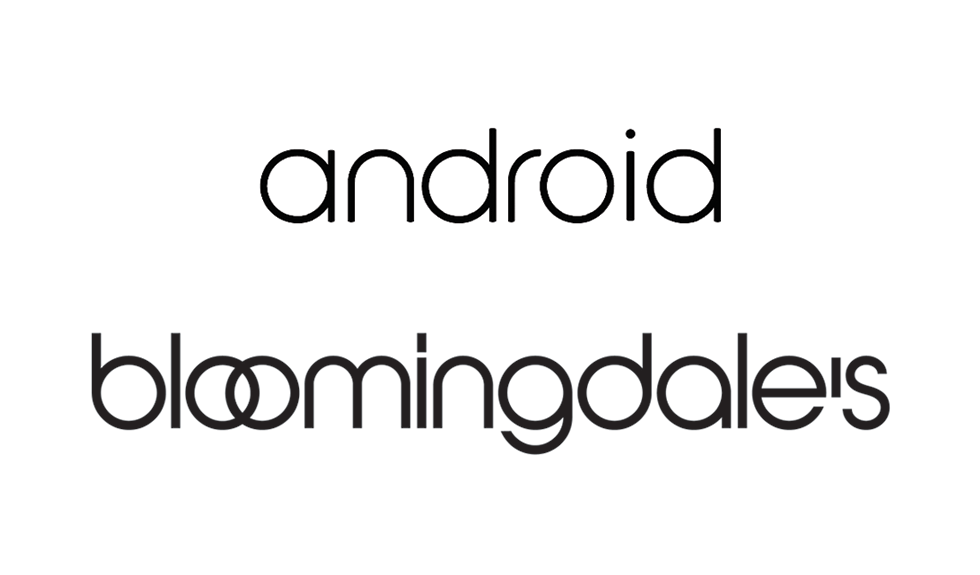Creativity
[…] Although many people continue to equate intelligence with genius, a crucial conclusion from Terman’s study is that having a high IQ is not equivalent to being highly creative. Subsequent studies by other researchers have reinforced Terman’s conclusions, leading to what’s known as the threshold theory, which holds that above a certain level, intelligence doesn’t have much effect on creativity: most creative people are pretty smart, but they don’t have to be that smart, at least as measured by conventional intelligence tests. An IQ of 120, indicating that someone is very smart but not exceptionally so, is generally considered sufficient for creative genius.
—Nancy Andreasen, Secrets of the Creative Brain



